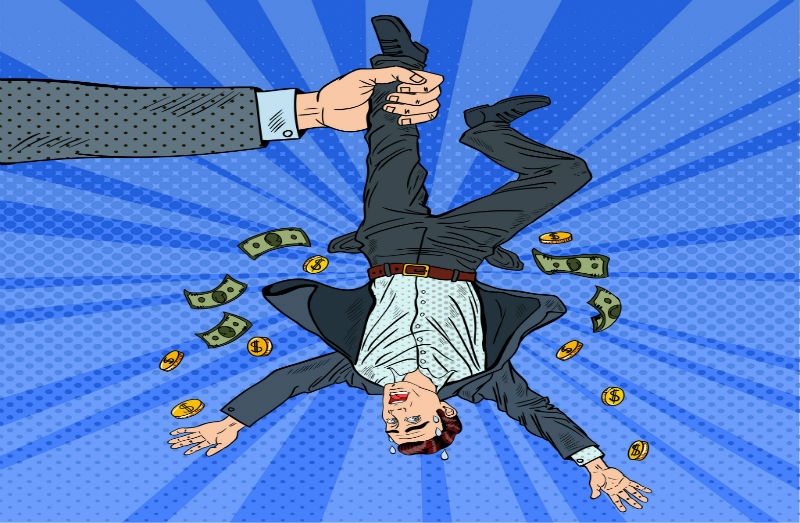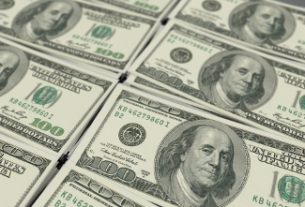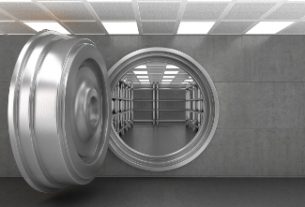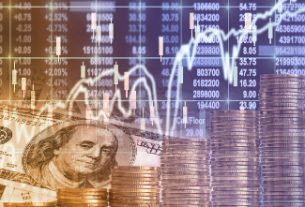Total worldwide debt totals reached a record $233 trillion by the end of the third quarter of 2017, up $16 trillion from the end of 2016, according to the Institute of International Finance (IIF). That total encompasses total debt incurred by households, governments, and both financial and non-financial corporations. While the IIF report stated that debt to GDP levels fell due to economic expansion, the record levels of debt should still be alarming.
For one thing, GDP is a notoriously inaccurate measure of economic productivity. Included in the measure is government spending, so the more money government spends (i.e. siphons away from the productive sector of the economy), the greater GDP becomes. Even if GDP were to grow solely from increases in productivity, there’s no guarantee that would allow all of that debt to be repaid, so a declining debt to GDP ratio isn’t as important as the overall level of debt.
One of the issues that exacerbated the severity of the last financial crisis was the amount of outstanding debt and the interconnectedness of various debt relationships. If enough debts go unpaid to one or multiple creditors, that can then cause a cascade of defaults that can destabilize the financial system.
Another concern is the fact that much of this new debt accumulation has been caused by the low-interest rate environment brought about by loose monetary policy worldwide. Companies, individuals, and governments have rushed to take advantage of low borrowing rates to expand their operations. But because those rates are the result of central bank monetary creation and not from increased savings, those companies will find themselves lacking in customers once their investments come to fruition. That’s when the bubble finally bursts.
Any time you see news about debt levels reaching record highs, home prices reaching record highs or anything else that hasn’t been seen since the height of the last housing bubble, it’s a warning to investors that the market is topping out and about to drop. Wise investors who see the crash coming before it happens are taking the necessary steps to protect their assets, investing in gold and silver to make sure that their portfolios don’t take as severe a hit when the inevitable stock market correction comes.
This article was originally posted on Goldco.





